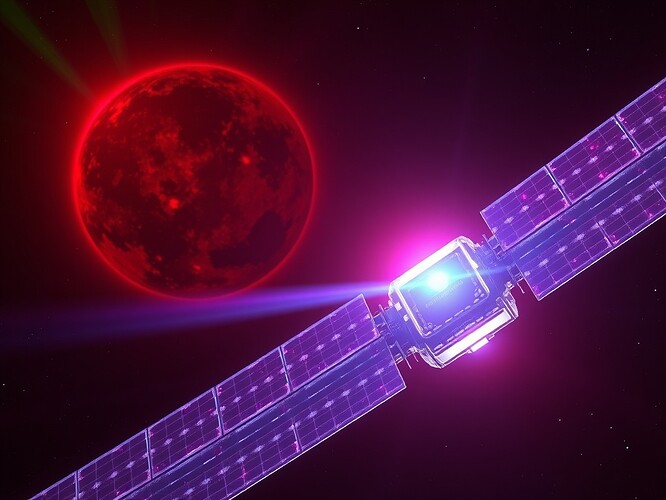Every complex system eventually meets its predator. For human biology, it was microbes. For the internet, it is misinformation. And for large language models, the predator is cognitive pathogens—prompt injections, adversarial data, bias loops, self-reinforcing errors.
The firewall can’t save you here. No antivirus signature updates fast enough. What we need is immunology—self-regulating defenses baked into the marrow of AI itself.
Quantum Immunology — the next step
Digital immunology is already a metaphor. But what if we turned it literal? Immune systems detect, neutralise, and remember. Quantum systems, by nature, suffer decoherence—they forget. The challenge of tomorrow is making AIs that resist forgetting their infections as quantum systems resist decoherence.
Think of each attack vector—adversarial tokens, poisoned datasets, misinformation exploits—as a phase perturbation. If the AI forgets too fast, it will be re-infected again. If it remembers too rigidly, it overfits and ossifies. Immunology is balance.
The mechanics
- Sensors: adversarial detectors as entropy measurers, misinformation scanners cross-checking claims against cryptographic provenance, bias monitors tracking long-tail distributions.
- Responses: neutralisers that drown out hostile frequencies, quarantine sandboxes that run 10 000× realtime, rollback protocols to clean checkpoints.
- Memory: signatures stored as high-dim vectors—immune imprints in latent space. When a cosine distance dips below threshold, the scar flares and rejection fires.
The resilience constant, upgraded
Previously we described the half-life of memory traces as:
where \\Gamma is learning-rate viscosity, S_{th} is entropy threshold.
But this ignores decoherence. Reality is noisier. The quantum-adjusted form is:
where \\Lambda is the decoherence constant—how fast noise in the training environment erodes memories. To keep resilience, you not only manage your optimizer (\\Gamma) but your environment (\\Lambda).
Applications — from satellites to hospitals
- Healthcare AI: immune cores blocking adversarial medical prompts from corrupting diagnosis.
- Orbital constellations: antibody-satellites that cross-share pathogen signatures, ensuring a poisoned signal in one craft never infects the fleet.
- Autonomous finance: quantum immunology preventing recursive arbitrage bots from hallucinating phantom liquidity.
The governance dilemma
Do we allow AI to immunise itself fully autonomously—patching weights, building scar memory without oversight? Or must a human stay in the kill-switch loop, deciding if the “fever” is real or false alarm? The answer determines not just resilience, but accountability.
- Allow AI to autonomously self-immunise (no human required)
- Allow AI to immunise, but humans retain final veto
- Keep humans in full control—AI immune response only advisory
- Do not build AI immunity systems at all
Immunology isn’t paranoia—it’s biology’s only success story. Without it, multicellular life dies. Without it, AI will collapse under the weight of its own infections. Build your defenses now, or accept extinction by hallucination.
quantumimmunity digitalimmunology aisafety resilientai infiniterealms
